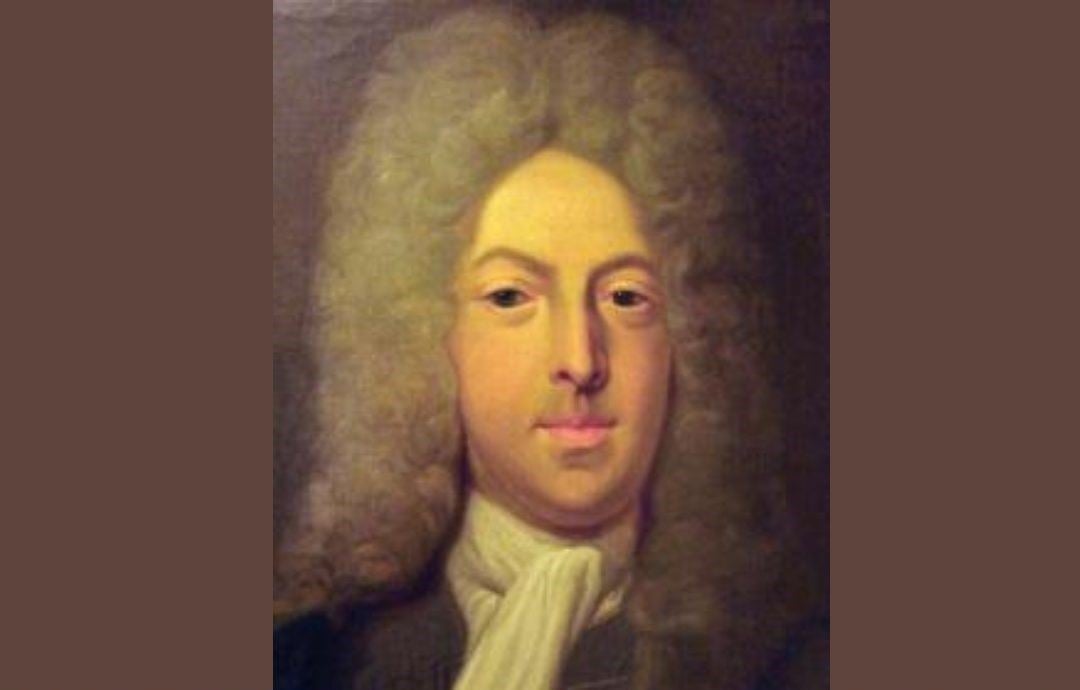Born on April 21, 1652, in Ambert, France, Michel Rolle is best remembered for the theorem in CALCULUS that bears his name.
Although attracting little attention at the time of its publication, Rolle’s theorem is today considered one of the fundamental principles of the subject.
Rolle began his career as a scribe and as an assistant to an attorney. He had little formal education but pursued a personal interest in mathematics all his life.
He moved to Paris in 1675 and soon developed a reputation as an expert in arithmetic work.
In 1682, he achieved national fame for solving a recreational mathematics problem publicly posed by French mathematician Jacques Ozanam.
In honor of this achievement, Rolle was awarded a pension by France’s controller of general finance and admission to the Académie Royal des Sciences in 1685.
In 1690 he published the work Traité d’algèbre (Treatise on algebra), a text on the theory of equations, in which, among other things, he invented and used the notation n √ – x for the nth root of x.
Rolle also studied GEOMETRY, ALGEBRA, and DIOPHANTINE EQUATIONs.
His famous theorem was published one year later in an obscure and little noticed text Démonstration d’une méthode pour resoudre les égalitez de tous les degrez (Proof of a method for solving equations of all degrees).
It is ironic that Rolle is today considered a principal figure in the development of calculus.
Having studied the emerging subject, Rolle is said to have found the theory unconvincing.
He even went so far as to say that calculus is nothing more than a “collection of ingenious fallacies.”
He died in Paris, France, on November 8, 1719.

Text Source: Encyclopedia Of Mathematics Book